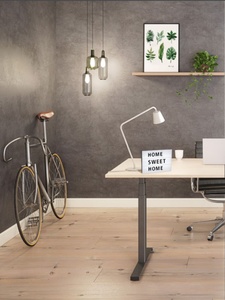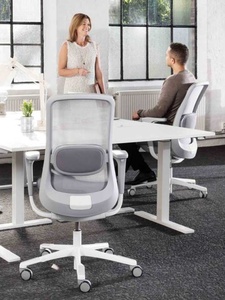Pregnancy is a beautiful journey, but it often comes with its fair share of physical challenges. One of the most common discomforts experienced by expectant mothers is back pain. This often begins in the second trimester as the baby grows and puts increased pressure on the spine and pelvis.
In this blog, we'll explore the causes of pregnancy back pain and offer practical tips for managing and preventing it. Our goal is to help you find relief and maintain your comfort throughout your pregnancy.
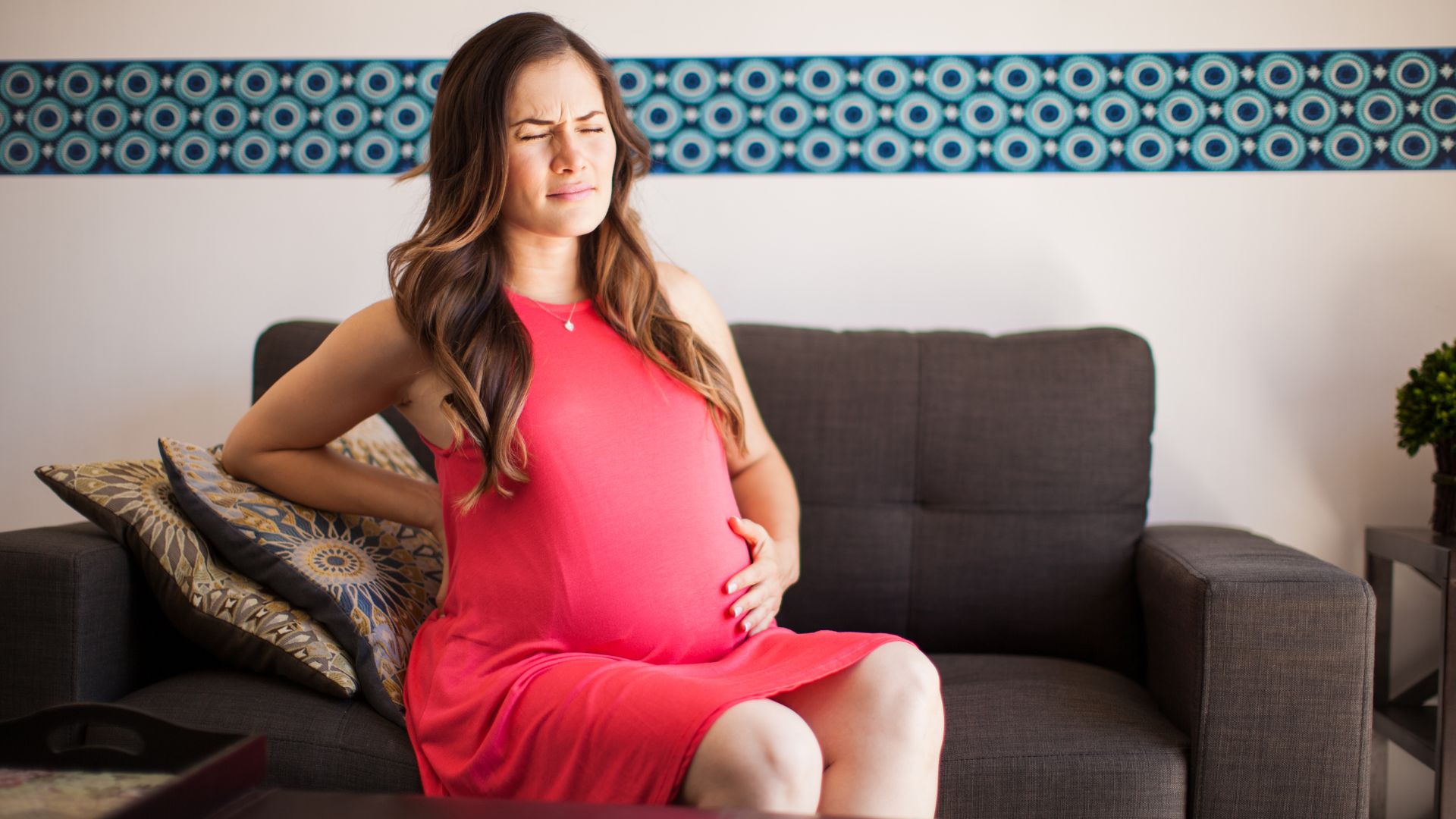
Understanding the Causes of Pregnancy Back Pain
Pregnancy back pain is often a result of a combination of factors:
- Mechanical Pressure: As your baby grows, the increased weight on your spine and pelvis can lead to discomfort.
- Hormonal Changes: Pregnancy hormones, such as relaxin, can cause the ligaments in your pelvis to loosen, which can contribute to back pain.
- Postural Changes: The weight of your growing baby can alter your posture, putting additional strain on your back and pelvis.
- Nerve Compression: The growing uterus can compress nerves in the pelvic area, leading to pain and discomfort.
- Blood Vessel Compression: Increased blood flow to the pelvis during pregnancy can sometimes put pressure on blood vessels, causing pain or numbness.
These factors can work together to contribute to pregnancy back pain, making it a common discomfort during this time.

Hormonal Factors Contributing to Back and Pelvic Pain
During pregnancy, your body produces hormones that prepare you for childbirth. One of these hormones, relaxin, causes the ligaments in your pelvis to become more flexible. While this is necessary for childbirth, it can also contribute to back and pelvic pain.
The increased flexibility in your pelvic joints can lead to instability and discomfort. As your baby grows, the weight can further strain these joints, exacerbating the pain.
Changes in Your Body During Pregnancy
Pregnancy can significantly alter your body's shape and posture. Your growing uterus can put pressure on your spine, leading to a flattening of the lumbar region (lower back). This can strain your back muscles and contribute to pain.
Additionally, the hormonal changes that occur during pregnancy can affect the joints in your back and pelvis, making them more susceptible to movement and discomfort.
While your baby can provide some internal support for your back, it can also limit your flexibility. As a result, you may find it more difficult to lean forward, twist, or bend as your pregnancy progresses.
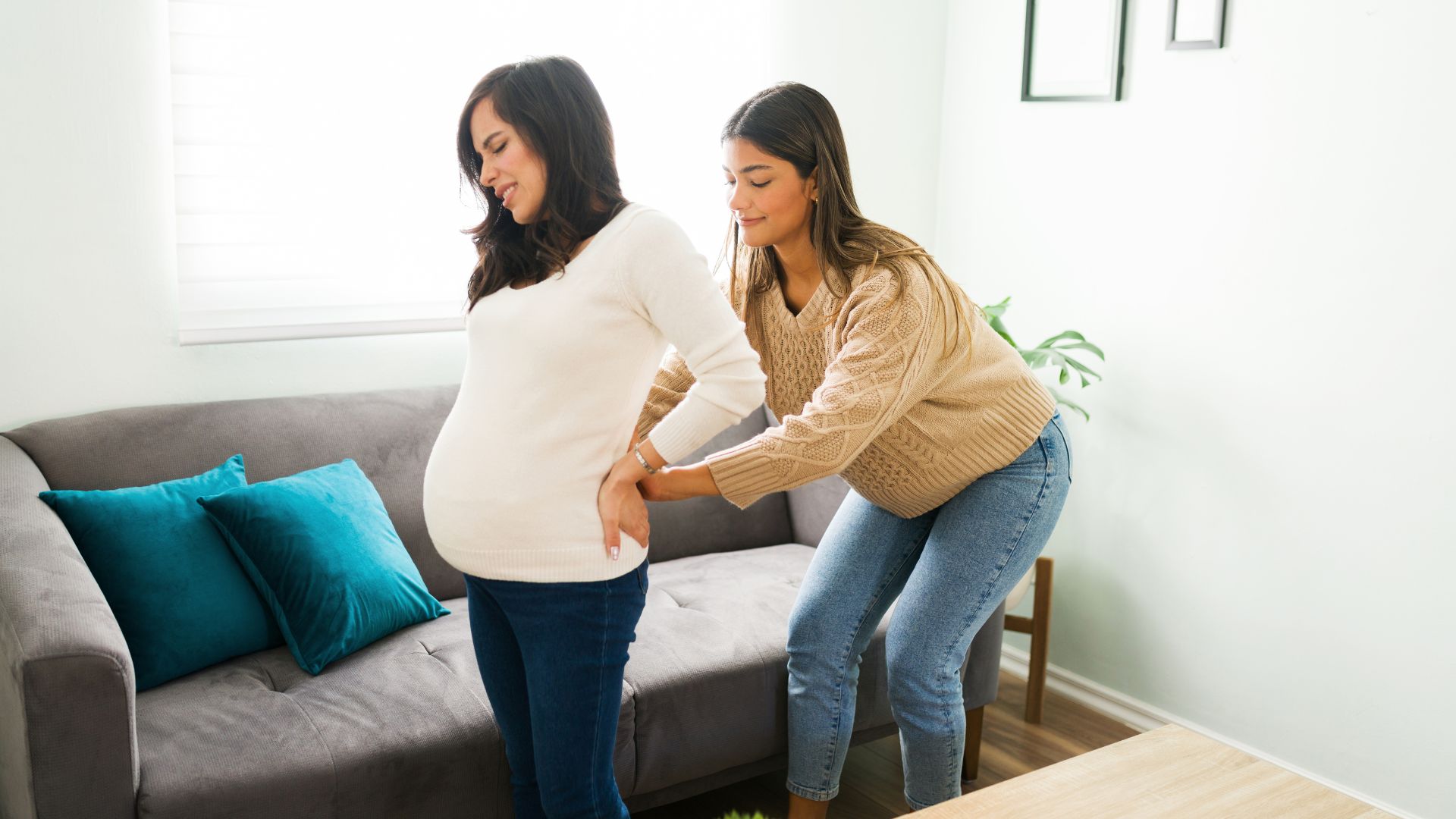
How Do I Protect My Back & Pelvis During Pregnancy?
Maintaining Good Posture
- Sitting:
- Use a chair with lumbar support to maintain a healthy spinal curve.
- Sit upright with your feet flat on the floor.
- Avoid slouching or crossing your legs.
- Take short breaks to stand and stretch.
- Standing:
- Stand tall with your shoulders relaxed and your feet slightly apart.
- Engage your core muscles to support your back.
- Avoid standing in one position for extended periods.

Pelvic Tilts
- Forward tilt: Sit or stand tall and gently tilt your pelvis forward, sticking your chest and bottom out.
- Backward tilt: Sit or stand tall and gently tilt your pelvis backward, tucking your tailbone under.
- Practice both tilts regularly to help maintain spinal alignment.
Avoiding Heavy Lifting
- Minimize heavy lifting: If possible, avoid lifting heavy objects.
- Lift safely: If you must lift something, bend your knees, keep your back straight, and lift close to your body.
- Ask for help: Don't hesitate to ask for help with tasks that are too heavy or strenuous.
Exercise Regularly
- Choose low-impact activities: Opt for activities like swimming, walking, prenatal yoga, or gentle stretching.
- Listen to your body: Avoid overexertion and stop if you experience pain.
- Consult with your healthcare provider: Discuss appropriate exercise routines with your doctor.
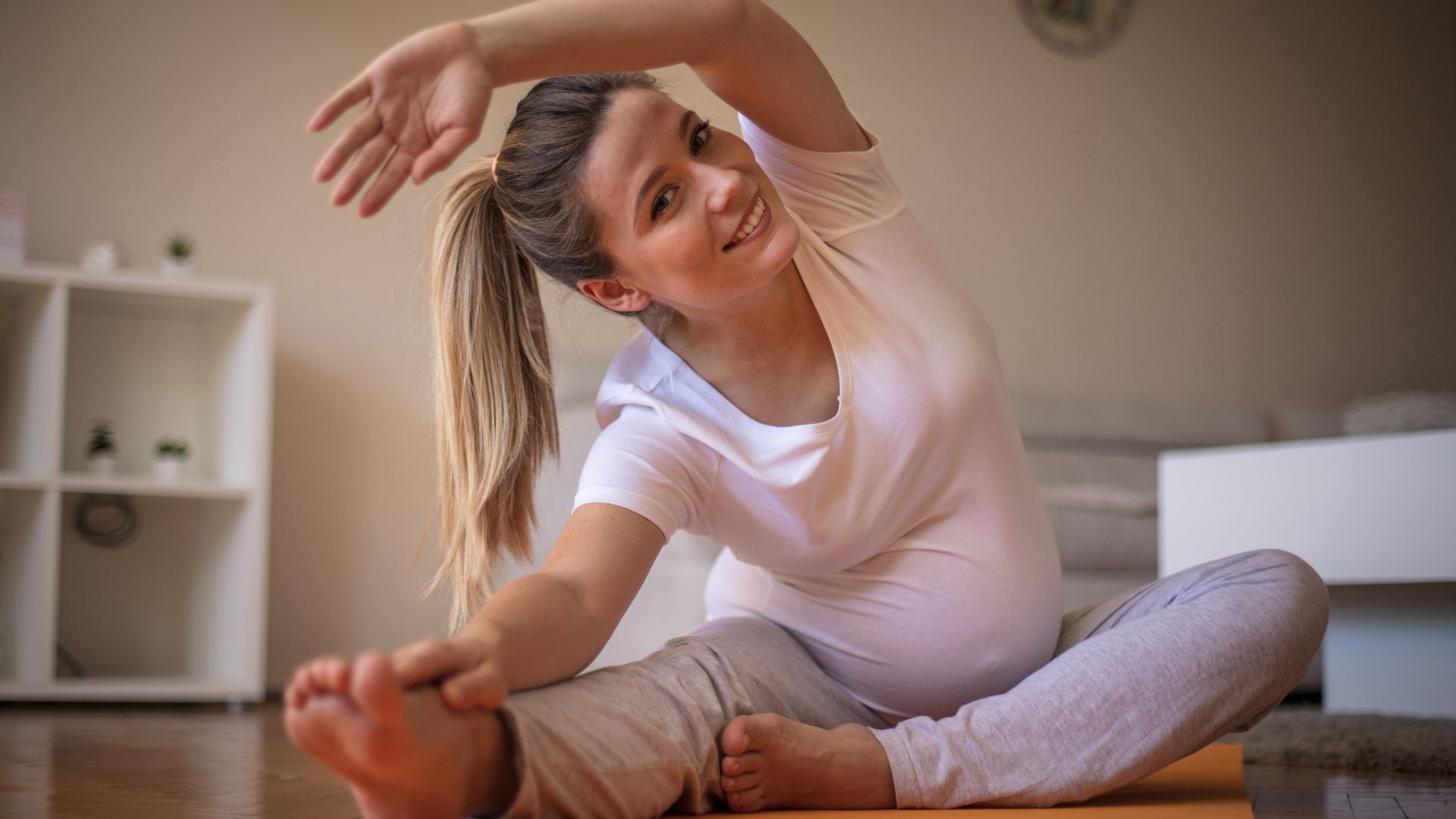
Additional Tips
- Wear supportive shoes: Good footwear can help alleviate back and pelvic pain.
- Use a pregnancy pillow: A pregnancy pillow can provide support for your back and hips while sleeping.
- Take breaks: If you're sitting or standing for long periods, take frequent breaks to stretch and move around.
By following these guidelines, you can help protect your back and pelvis during pregnancy and reduce your risk of experiencing pain.
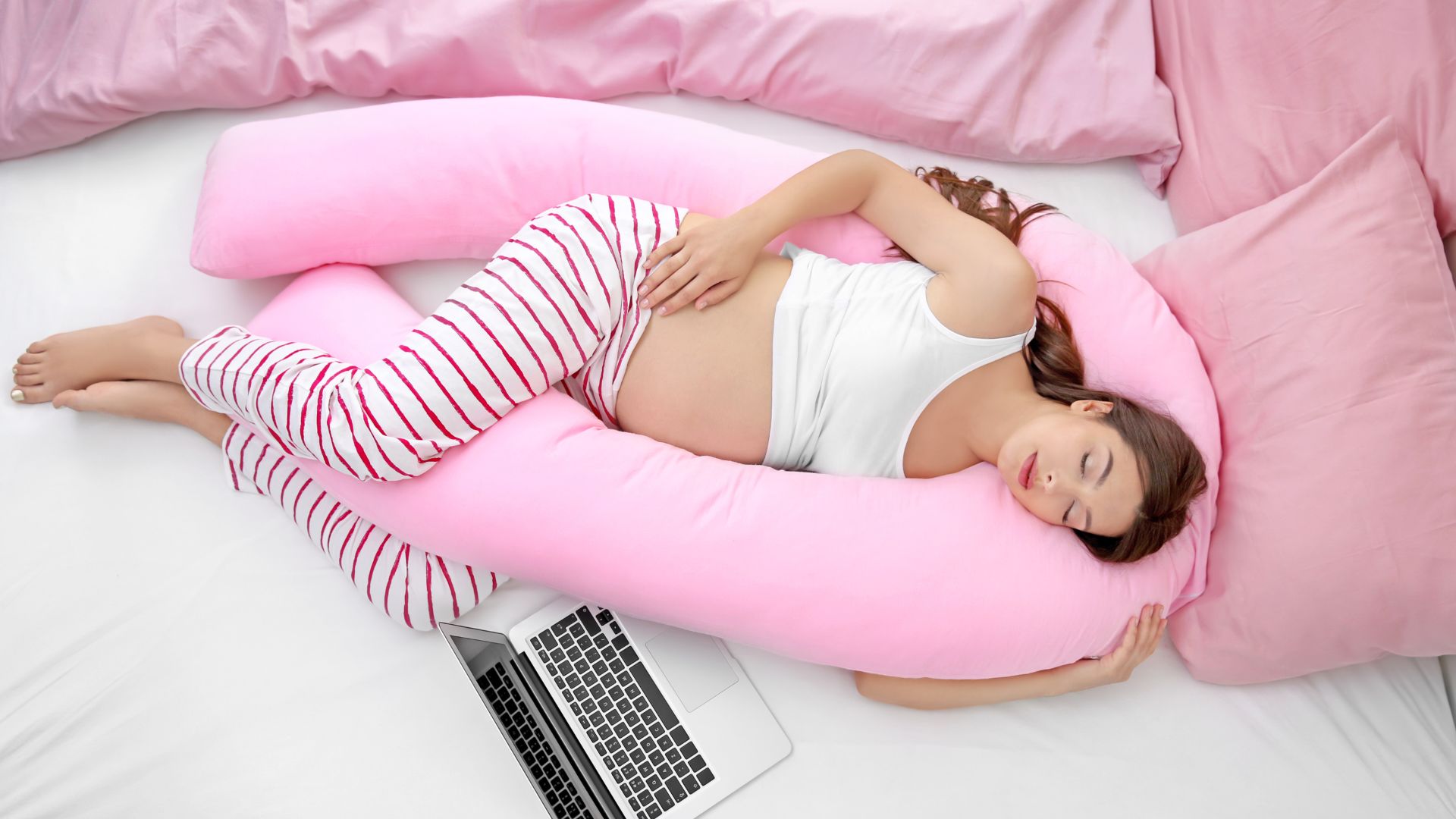
What Is The Best Chair For Pregnant Women?
Selecting the right chair can significantly impact your comfort and well-being during pregnancy. Slouching or sitting in an unsupported position can contribute to back pain, so it's essential to choose a chair that provides adequate support.
Key Features to Look for in a Pregnancy Chair
- Lumbar Support: A chair with built-in lumbar support helps maintain the natural curve of your lower back, reducing strain.
- Adjustability: Look for a chair that can be adjusted to accommodate your changing body shape throughout your pregnancy.
- Armrests: Armrests can provide additional support and help alleviate pressure on your shoulders.
- Swivel Function: A swivel chair allows you to turn your entire body without twisting your back, reducing strain.
Avoiding Common Mistakes
- Sitting Cross-Legged: This position can put unnecessary pressure on your pelvis and contribute to discomfort.
- Slouching: Maintain an upright posture and avoid slouching, as it can strain your back.
Recommended Chair Types
- Pregnancy-Specific Chairs: These chairs are designed with pregnant women's needs in mind, often featuring ergonomic features and adjustable lumbar support.
- Kneeling Chairs: Kneeling chairs can help maintain a healthy spinal alignment and reduce pressure on your lower back.
- Ergonomic Office Chairs: High-quality ergonomic office chairs can also be suitable for pregnant women if they offer adequate support and adjustability.
Remember: It's essential to try out different chairs to find the one that feels most comfortable for you. Consider factors such as your height, weight, and personal preferences when making your selection.
The Best Office Chairs For Pregnancy
